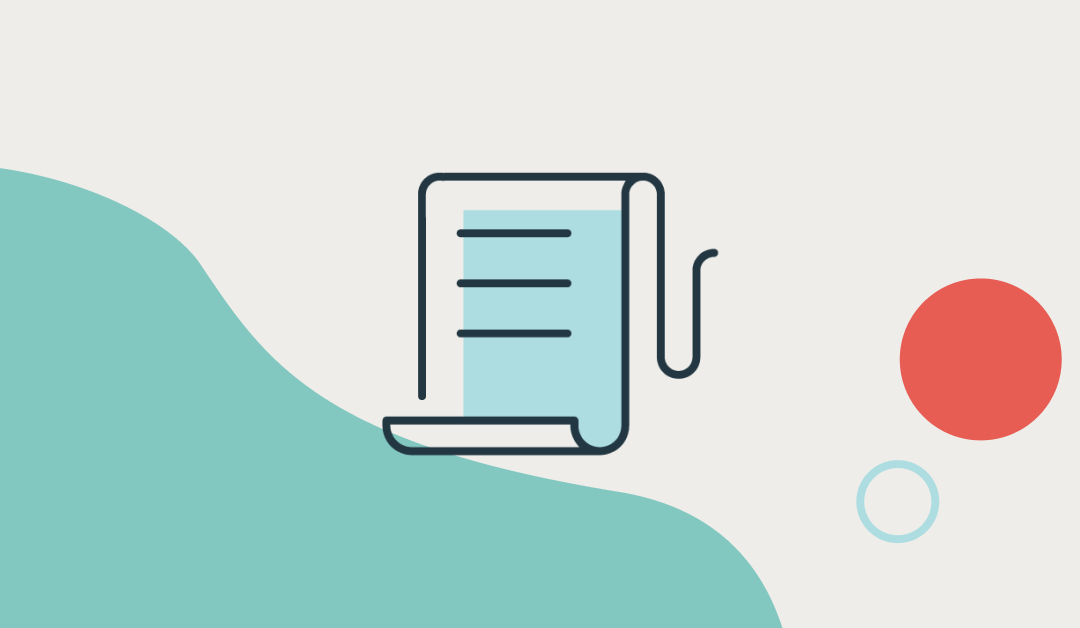
23 Tax Deductions You Can Make as a Freelancer
This guest post is contributed by Kendra Brown. Kendra is a CPA with nine years of experience in preparing tax returns. She has helped to guide several individuals like yourself in deducting the expenses that are appropriate within their small business.
![]()
Depending on how diligent you are about tracking your freelancer expenses, April can signal the splendid return of spring or migraine season. The fact is, most freelancers are less-than-thorough about claiming expenses on their tax return. An unbelievable 73% of freelancers don’t deduct any expenses at all.
In this case, the majority does not rule. Claiming expenses is critical if you want to save money come tax time, because it reduces your overall tax bill. Of course, just because you claim something doesn’t mean you’ll actually get the money back. But when you deduct expenses, it reduces the total income that you’re paying taxes on, meaning your overall taxable income is much lower, and so is the total you owe the IRS.
Below are some of the top expenses that freelancers can claim to make the biggest dent in their tax bill. Keep in mind that anything “ordinary & necessary in the course of business” is deductible in the eyes of the IRS.
Below are some of the top expenses that freelancers can claim to make the biggest dent in their tax bill.
1. Office Space
If you’re renting a workspace, the cost of rent is entirely tax-deductible. If you’re working from home, a portion of the rent you pay for your home can be applied to your taxes. If you own your home, a portion of your mortgage interest, property taxes, and homeowners insurance are deductible as well. It’s known as the Home Office Deduction, and you can calculate it by figuring out what percentage of your home is devoted to work (i.e. the square footage of your workspace compared to the total square footage of your home).
2. Utilities
Similar to above, the percentage of your utilities that are devoted to work can be deducted from your taxes. If you’re working from a rented office space that you pay utilities for, that means you can deduct the total you pay. If you’re working from home, you would run a similar calculation as you did above for rent. So, say your home office occupies 15% of your home. You could claim 15% of your total utilities.
3. Office Supplies
Post-it notes, stamps, notepads, organizers, and more are all tax-deductible. The next time you visit the Container Store and go crazy, be sure to hang onto that receipt.
4. Electronics
Did you purchase a new computer, phone, monitor, or printer? That’s definitely deductible, so long as you’re using it even partially for work purposes.
5. Internet
Your WiFi bill is an easy claim. Similar to utilities and rent, if you’re using your WiFi partially for personal use, just be sure to calculate the total accordingly.
6. Software
If you’re paying for any software or subscriptions required to run your business, like WordPress hosting, Slack, domains, or apps (including your tax software!), be sure to keep track of the receipts and totals so you can tack those onto your deductions in the spring.
7. Phone Bill
Do you use your phone for work? You can claim at least part of your phone bill on your taxes. Make sure it’s according to use. For instance, if you use your phone 25% of the time for work, then you can claim 25% of your total phone bill. This is difficult to demonstrate to the IRS, so it’s ideal to have a second line devoted to work, if possible.
8. Work-Related Educational Expenses
Taking an online class or attending a workshop or conference to further hone your craft? That’s deductible too. As long as you can demonstrate that your educational pursuits are relevant to your work, it’s considered an expense.
9. Publications & Subscriptions
If you subscribe to journals or online communities centered around your field, these expenses are potentially deductible. This is where it gets a little swampy, so be sure to consult a tax professional and do your due diligence before submitting anything that is not obviously professionally essential.
10. Professional Services
Did you meet with a business coach? Or hire a branding expert? Any legitimate outside services that you enlist in order to better run your business are considered deductible expenses.
11. Meals with Clients
If you’re wining and dining clients, you can expense those meals too. The key here is to make sure that the meal falls in line with your industry standard and isn’t too lavish in nature. On a normal year meals are 50% deductible, meaning if you had $1,000 in meal expenses you only get a $500 deduction. For one year only in 2021, the meal expenses are 100% deductible so make sure to count the business meals towards your total expenses.
12. Travel
Flying to meet a client? Taking a lyft to a pitch meeting across town? Any travel related to work can be deducted. Also make sure to include the meals from your work trip as part of your deductible expenses.
13. Vehicle Use
If you use your car for work, you can deduct 65.5 cents per mile as of 2023. Mileage-tracking apps like MileIQ are an awesome solution for people who don’t want to log every trip manually and then do wild math to calculate their expenses. *raises hand*
14. Advertising
Any costs associated with acquiring new clients can be deducted from your taxes too. That includes paid search ads, social media, brochures, swag, business cards, and more. A good rule of thumb? If it feels like a business expense, jot it down and save for later.
15. Contract Labor
Did you outsource work to another freelancer? Or did you use a virtual assistant? You can deduct any contract labor expense from your annual income. **Just remember that any contractor you pay over $600 to in a calendar year you need to send a 1099 before January 31st of the following year.
16. Health Insurance
Since freelancers typically pay for their own health insurance, we’re allowed to deduct the total cost from our taxes each year. Honestly, it’s the least the IRS could do.
17. Business Insurance
If you pay to cover your business, you can deduct that too.
18. Legal Services
When you consult a legal professional or pay to have business documents created, that also counts as a tax-deductible freelance expense.
19. Accounting Services
As you can see, navigating taxes as a freelancer can be complicated. We highly recommend consulting a tax professional, and then claiming whatever you pay them on your next tax return.
20. Credit Card & Loan Interest
If you took out a loan to help you grow your business or you have a business credit card that you’ve paid interest on, you can claim that.
21. Bank & Payment Fees
Are you paying $15 for every wire transfer when your client pays you? Have you paid fees to PayPal, Venmo, Stripe, or other payment processors? You can deduct those!
22. Retirement Contributions
Solo 401(k)s, Simplified Employee Pension (SEP) IRAs, Roth or Traditional IRA’s have generous funding limits and contributions (up to a certain point) that can be deducted from your taxes. All retirement plans come with different limits and benefits. Make sure to talk to a tax professional about which one is right for your circumstances.
23. Self-Employment Tax
This consists of the Social Security and Medicare taxes that you pay as a freelancer. When you’re a W2 employee, your employer pays half of these fees and you pay the other half. As a freelancer, you’re expected to pay it all. However, you can deduct ½ of the cost (i.e. the employer-equivalent of this expense) when you are self-employed. See what the IRS has to say about it here.
That’s about it! We wish you a very happy, stress-free and audit-free tax season.




Recent Comments